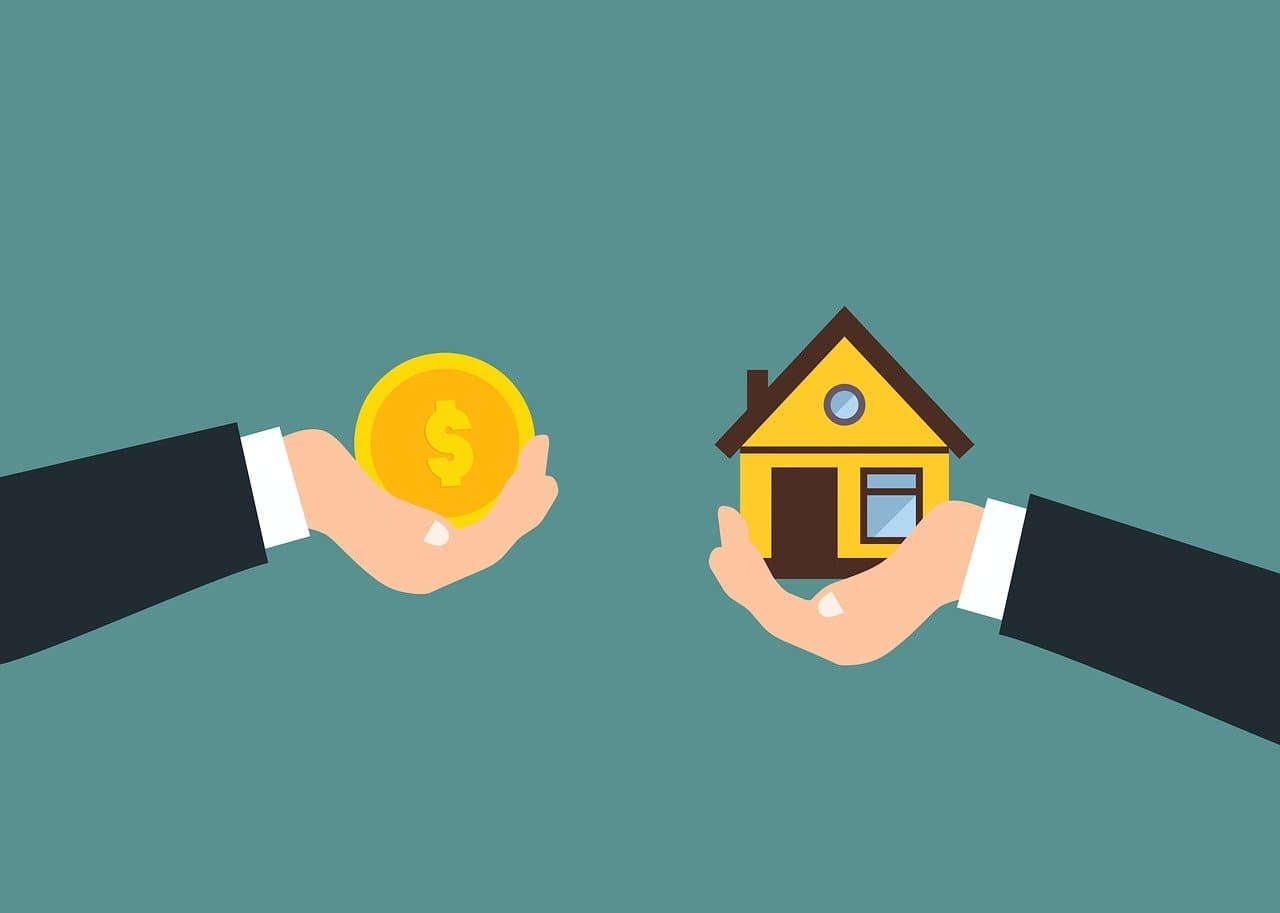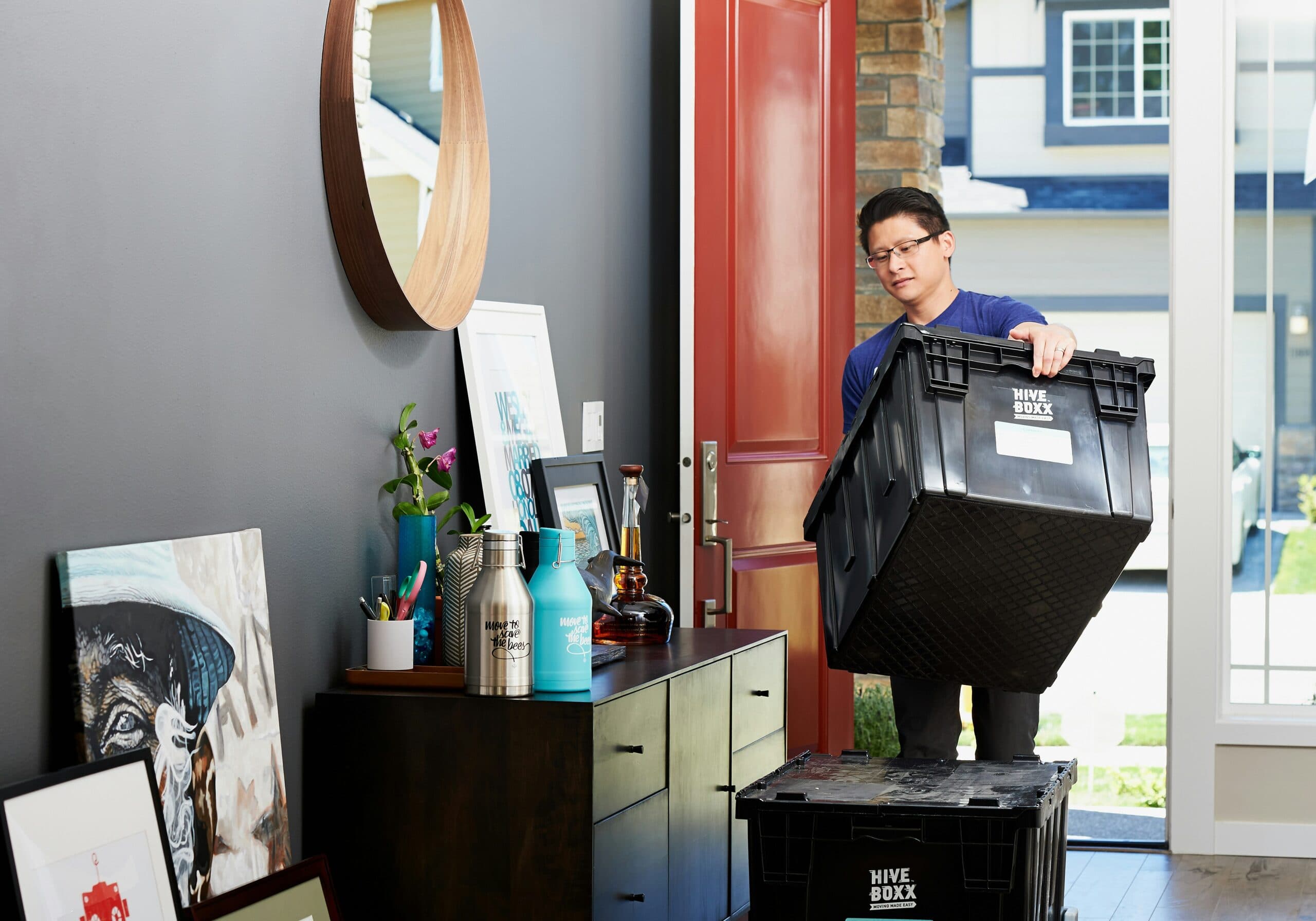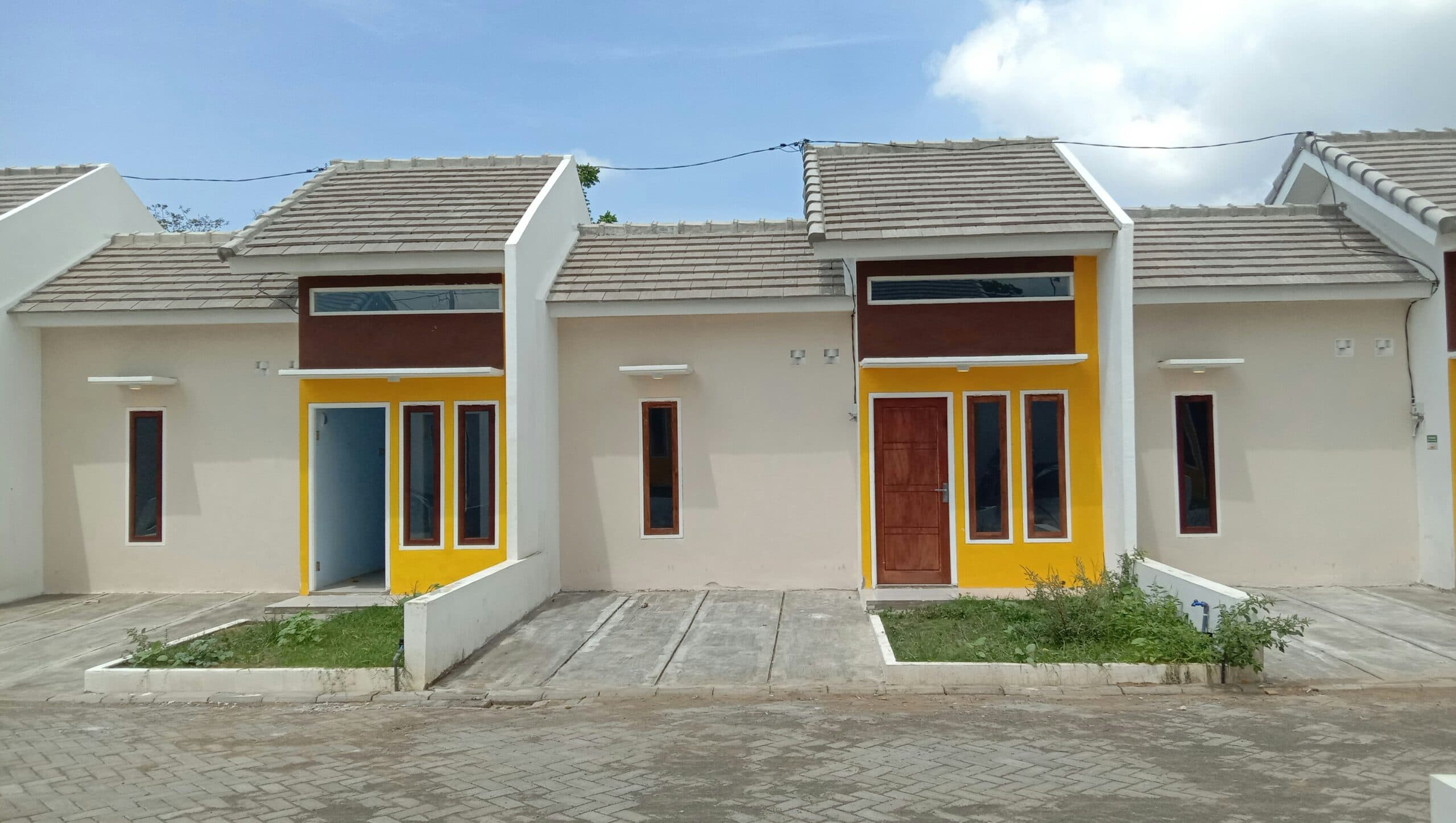
APRIL 3, 2025
Down Payment Assistance Programs: Finding Help for First-Time Buyers
For many first-time homebuyers, the biggest hurdle to homeownership is coming up with a down payment. While the typical down payment on a home is around 20%, this can be a significant barrier, especially in high-demand housing markets. Fortunately, down payment assistance programs are available to help ease this burden and make homeownership more attainable.
In this blog, we’ll explore the different types of down payment assistance programs, how they work, eligibility requirements, and how you can take advantage of them. Whether you’re looking for a low-interest loan or a grant to cover your down payment, there’s likely a program that can help you achieve your dream of homeownership.
What are Down Payment Assistance Programs?
Down payment assistance programs (DPA) are designed to help homebuyers with the upfront costs associated with purchasing a home. These programs can cover some or all of the down payment required, reducing the financial barrier to homeownership. They come in various forms, including grants, loans, and deferred payment programs, depending on the specific program and the needs of the buyer.
The programs are typically aimed at first-time homebuyers, though some may be available to those who have owned a home in the past. Many programs also have income limits and other eligibility criteria, but they are still a great option for those who may not have the resources to make a large down payment.
Types of Down Payment Assistance Programs
There are a few key types of down payment assistance programs to explore. Each comes with its own set of rules, benefits, and restrictions.
1. Grants
Down payment assistance grants provide homebuyers with a sum of money that does not need to be repaid. This is one of the most attractive forms of assistance because it reduces the buyer’s upfront costs without creating additional debt. These grants are often funded by federal, state, or local governments or nonprofit organizations.
-
Why choose this option?
-
No repayment required.
-
Typically designed for low- to moderate-income homebuyers.
-
Often tied to specific geographic areas or property types.
-
-
Ideal for:
-
First-time homebuyers who meet the income and credit criteria but need assistance covering the down payment.
-
2. Forgivable Loans
Forgivable loans are a type of assistance that, like grants, do not require immediate repayment. However, these loans are forgiven after a certain number of years, as long as the buyer meets the requirements (such as living in the home for a specific period).
-
Why choose this option?
-
If you stay in the home long enough, the loan is forgiven.
-
Usually has low or no interest rates.
-
-
Ideal for:
-
First-time buyers who can afford the mortgage but need help getting into the home.
-
3. Deferred Payment Loans
A deferred payment loan is a loan that is offered to help cover the down payment. These loans do not require monthly payments but typically accumulate interest. They are repaid when the home is sold, refinanced, or the mortgage is paid off.
-
Why choose this option?
-
It helps reduce the upfront cost of buying a home.
-
Repayment is delayed until the homeowner sells or refinances the property.
-
-
Ideal for:
-
Buyers who are willing to take on additional debt but need assistance in the short term.
-
4. Low-Interest Loans
Low-interest loans for down payments are similar to traditional mortgages, but they come with significantly lower interest rates and extended repayment terms. These loans typically require monthly payments and must be repaid over a set period.
-
Why choose this option?
-
Helps reduce the amount you need to pay upfront.
-
Lower interest rates make it easier to manage.
-
-
Ideal for:
-
Buyers who may not be eligible for grants but still need help with the down payment.
-
Eligibility Requirements for Down Payment Assistance Programs
To qualify for down payment assistance, you’ll need to meet certain criteria, which can vary depending on the specific program. Here are some common eligibility requirements:
-
First-Time Homebuyer Status: Many programs are specifically designed for first-time buyers, though some allow you to qualify if you haven’t owned a home in the past 3 years.
-
Income Limits: Most programs are intended for low- to moderate-income homebuyers. The income limits can vary based on your location and the size of your household.
-
Credit Score: While some programs have more flexible credit score requirements, many lenders will still look for a minimum credit score of 620 or higher. However, there are programs available that work with buyers who have lower credit scores.
-
Geographic Restrictions: Some down payment assistance programs are restricted to certain areas, such as specific counties or cities. You may need to purchase a home within these areas to be eligible.
-
Homebuyer Education: Many programs require first-time homebuyers to complete a homebuyer education course to ensure they understand the responsibilities of homeownership.
How to Apply for Down Payment Assistance Programs
The process of applying for down payment assistance can vary depending on the program. However, these are the general steps you’ll need to follow:
-
Research Available Programs: Start by researching local, state, and federal programs that may be available to you. Many programs are administered by state housing agencies or local governments, so it’s important to know which ones are offered in your area.
-
Check Eligibility: Review the eligibility criteria for each program to ensure you meet the requirements for income, credit score, and home location.
-
Get Pre-Approved for a Mortgage: Most down payment assistance programs require you to be pre-approved for a mortgage before you can apply for assistance.
-
Apply for Assistance: Once you’ve been pre-approved for a mortgage, you can apply for down payment assistance through the relevant program. Be sure to provide all required documents, such as proof of income, tax returns, and information about the property you’re interested in.
-
Work with Your Lender: Your lender will help you navigate the application process and ensure that you meet all the necessary requirements.
Why Down Payment Assistance Programs are Important
Down payment assistance programs make homeownership more accessible, especially for those who may struggle with saving enough money for a traditional down payment. They can help increase homeownership rates, boost local economies, and support the financial stability of families.
If you’re a first-time homebuyer, these programs are a valuable resource to consider. While not everyone will qualify for every program, there are often multiple options available to help make homeownership a reality.
Conclusion
Buying your first home is an exciting and life-changing event, but the down payment can feel like an insurmountable barrier. Fortunately, down payment assistance programs are here to help. Whether it’s through grants, low-interest loans, or forgivable loans, there are a variety of ways to reduce the financial burden of buying a home.
If you’re ready to explore your options and find out which down payment assistance programs you may qualify for, contact Buwalda Mortgage. A professional mortgage consultant can help guide you through the process and ensure you take full advantage of the programs available to you.
Recent Posts

Refinancing Your Home Loan: Lower Payments or Shorter Term?
DECEMBER 4, 2025

Conventional Loan Requirements Every California Buyer Should Know
NOVEMBER 5, 2025

How to Qualify for FHA Loans in California
OCTOBER 30, 2025

Bridge Loans Explained: Buying Before Selling in California
OCTOBER 25, 2025

How to Finance a Duplex or Multi-Unit Property in California
OCTOBER 20, 2025

How to Refinance with a VA Loan: Understanding Your Options
SEPTEMBER 16, 2025
